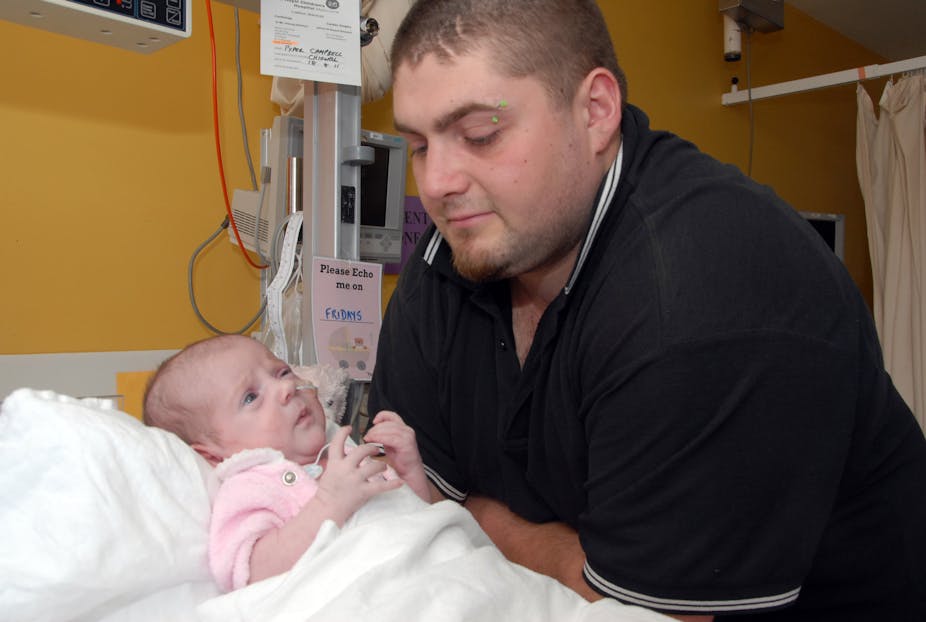Newborn screening for life-threatening congenital heart defects using pulse oximetry - a simple, low-cost test - is the most accurate detection method and should be adopted internationally for all newborns, a research team says.
Pulse oximetry involves measuring the extent to which red and infrared light is absorbed by a sensor attached to the patient’s body, usually on the finger or earlobe. The measurement indicates how well oxygenated the blood is. Low oxygenation can indicate that a baby has a heart defect.
“The findings of this meta-analysis provide compelling evidence for introduction of pulse oximetry as a screening method in clinical practice,” said the study leader Shakila Thangaratinam, from Queen Mary, University of London. “The sensitivity of the test is higher than present strategies based on antenatal screening and clinical examination, and the false-positive rate is very low, especially when done after 24 hours of birth.”
Previous research has reported the potential of pulse oximetry to detect life-threatening heart defects that might otherwise go unnoticed in babies. But uncertainty remains about the accuracy of the test, as well as its false-positive rates. The US is the only country so far to have adopted the screening on a routine basis.
The UK researchers analysed 13 studies including data for nearly 230,000 newborn babies - at least twice the number used in previous reviews - to assess the test’s ability to detect congenital heart disease.
Overall, they found that pulse oximetry detected 76.5% cases of congenital heart defects, with a low false positive rate of just 0.14%.
The findings of the meta-analysis have been published online in The Lancet.
Dominic Wilkinson, Associate Professor of Neonatal Medicine and Bioethics at the University of Adelaide, said it was “just a matter of time” before pulse oximetry became a routine procedure for newborns in most countries.
“In Australia at the moment, there are only one or two centres doing this, but it’s not common at all,” Professor Wilkinson said. “On the face of it, the evidence is now pretty convincing that this testing is able to identify infants who have a risk of becoming seriously unwell and dying, without a huge number of false positives.”
Neither of the two existing methods of detecting congenital heart disease in newborns - the first being ultrasounds during pregnancy, and the second examining babies before they left hospital - caught all cases, he said. “But they pick up a half to three-quarters of these serious heart problems. In Australia there’s a very high uptake of antenatal ultrasound, and it picks up most of them, and here babies tend to be in hospital for a couple of days longer than they tend to be in the UK and US.
"So there are some reservations about extrapolating the data to an Australian setting, but even accepting those reservations, if this test was introduced here, it would identify infants who would otherwise be missed and potentially save their lives, and it wouldn’t pose a great cost.”
Professor Wilkinson said slightly less than 1% of newborns in Australia had congenital heart disease and about a quarter of those had the most severe form that needed to be detected early. “By my own reckoning, there are about 800 cases of those a year in Australia. The suggestion is that current screening with ultrasound and routine examination misses up to half of those.”

